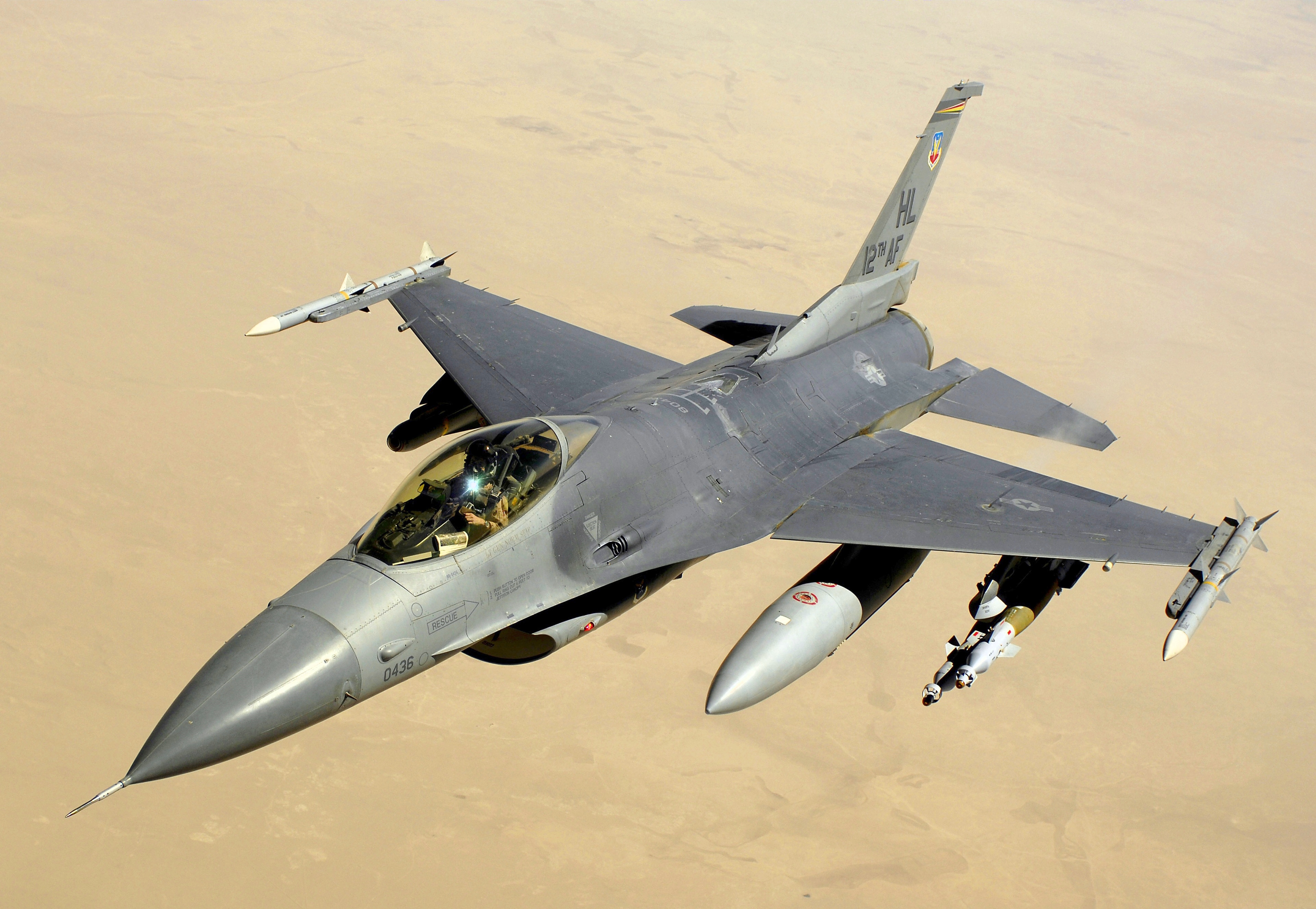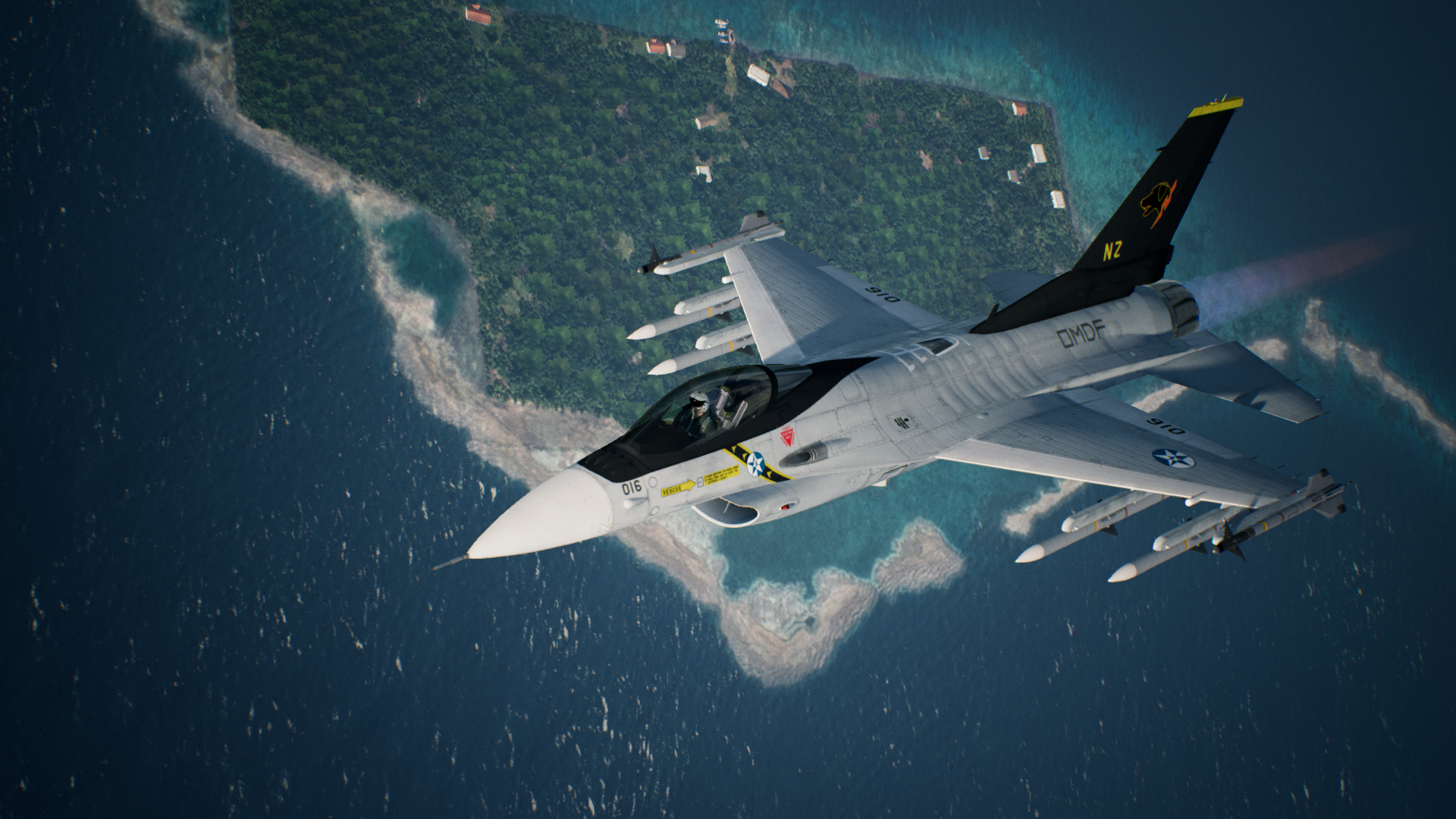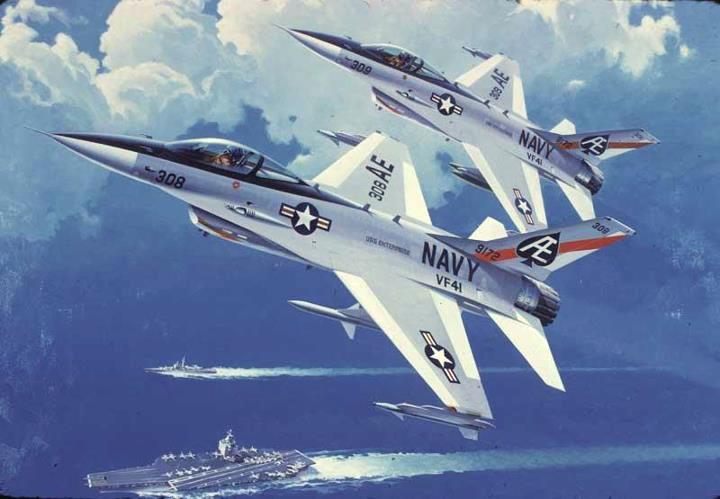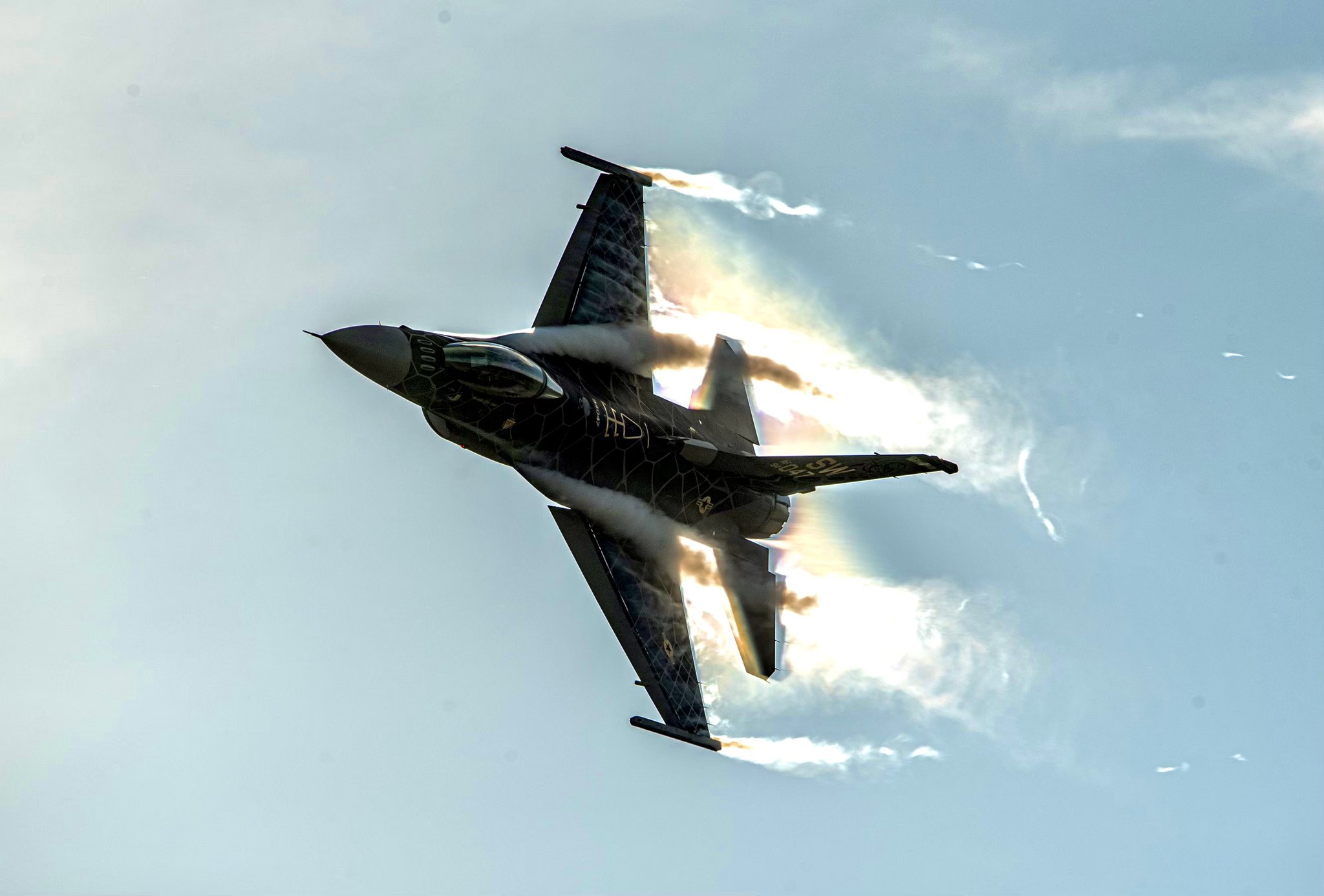What if a naval variant of the F-16 Fighting Falcon had replaced the famed F/A-18 Hornet and Super Hornet as the US Navy’s flagship carrier-borne fighter aircraft? Well, it almost happened!
The versatile fourth-generation F-16 has been a mainstay in the US Air Force’s arsenal for over four decades now. USAF operates around 1,245 F-16s out of over 4,600 operational across the world. It took its maiden flight in 1974.
The Lockheed Martin-General Dynamics aircraft is in active service with the Israeli Air Force, Pakistan Air Force, Turkish Air Force, Egyptian Air Force, Royal Netherlands Air Force, Royal Norwegian Air Force, Belgian Air Component among other users.
How Hornet Ruined Falcon’s Prospects?
After visible success with USAF, the US Navy too was keen on developing a carrier-capable F-16. However, despite Navy-specific modifications, the naval variant of the F-16 never saw the light of the day.
The competition for a lucrative contract between what we know as the Fighting Falcon and Hornet family was chronicled by Alex Hollings in the Sandboxx News.
Geo-Economics Of Energy: Why Russia Needs Long-Time Friend India’s Help For Its LNG-Offensive
The F-16, which is the brainchild of General Dynamics, was initially designated as the YF-16 when it was competing with Northrop Grumman’s YF-17, (operationally inducted as F/A-18 Hornet.)

The YF-17 was a lightweight prototype, which was projected as a cheaper alternative to the F-15 Eagle, one of the most sophisticated air-superiority fighters during that era.
While the USAF preferred YF-16 to YF-17, both General Dynamics and Northrop Gruman soon geared up for a carrier-capable fighter deal for the US Navy, which saw potential in what would later become F-16.
Both the competing aerospace giants never made carrier-borne fighters before. However, the prospect of a potential big-ticket contract sprang both firms into action. Each teamed up with companies that had the technological know-how and experience with aircraft carriers.

General Dynamics brought Vought onboard to upgrade their F-16 platform into the ‘Vought Model 1600’. Northrop Grumman collaborated with McDonnell Douglas to convert their YF-17 into a navy fighter which went on to become the F/A-18 Hornet.
Prerequisites set by the US Navy included long-range radar for intercept missions and multi-role capabilities, which had become a core facet of American air warfare.
The F-16 was originally conceptualized to serve as a simple fighter intended for air superiority roles. The Falcons made their transition into a multi-role aircraft following a series of events during the development process.
Holling described an incident involving the ‘Lightweight Fighter Mafia’, a moniker given to the F-16s designers at General Dynamics. The designers had aimed to retain the aircraft’s “gold-plating”. They felt that this would remain universal in new fighter aircraft.

This “gold plating” consisted of fire control radar, electronic countermeasures, radar-guided missiles, ground-attack capabilities, and other features typically associated with a standard fourth-fifth generation fighter these days. The Falcon was outfitted with AN/APG-66 radar along with other additions bolstering its ground-attack capabilities.
However, the aircraft lacked radar-guided air-to-air weapons which were foregone in preference of heat-seeking Sidewinder missiles. These collective enhancements made the F-16 far more suitable for the US Navy’s needs. The F-16 had surpassed expectations, however, despite its best efforts could not make the cut.
Why Did F-16 Fail?
The Vought 1600 was around three feet longer than the F-16A. The aircraft was two feet broader than the USAF version.
The naval variant sported a wingspan of 33 feet and three inches. The overall breadth of the wings reached 269 feet. This allowed the aircraft to maintain stability when flying at lower speeds.

Additionally, the jet’s fuselage was slightly flattened in order to make it broader. Its canopy was specifically designed to ensure that it would pivot forward. This feature was distinct from the F-16 (however is now common on the F-35 platform).
The aircraft’s heavy-duty landing gears were required to be fixed to the aircraft’s belly along with other carrier-based equipment like a landing hook. The fuselage itself was made stronger and in order to offer the engagement range the Navy needed, a pulse-doppler radar for beyond visual range targeting was also added.
All of these upgrades were required to convert the aircraft into a carrier-capable fighter and in accordance with the navy’s needs.
Killer Robots: Watch How AI-Programmed Military Robots Could Make Human Soldiers Completely Obsolete
However, despite the modifications, the F-16 lost the battle to the YF-17. While the Hornet may not have been cut out to meet USAF’s operational needs, the aircraft did fit into the US Navy’s carrier vision and has served America’s maritime interests with distinction.

The biggest drawback of the Vought 1600 was its low-lying intake located above the aircraft’s nose wheel, which sparked a major cause of concern with regards to safety on the carrier’s flight deck as unsuspecting sailors could get sucked into it. No wonder that the prototype was infamously dubbed “Gator” for the risk it posed to sailors.
Furthermore, the F-16’s lack of radar-specific weapons and lightweight meant that it was virtually unsuitable for all-weather operations like intercepting enemy fighter aircraft or hostile bombers flying towards a carrier strike group.
Schlesinger And His Lobby
Then-Defense Secretary James Schlesinger was reportedly hell-bent on ensuring the Vought 1600 be inducted into the US Navy despite reservations from the Navy’s top brass. Schlesinger had invited Admiral Holloway to discuss the Navy’s future fighter and put the issue to bed for good.
Adm. Holloway recounted in his book that he was ambushed by the Defense Secretary, who had amassed over a dozen individuals to pitch the Vought 1600 to the US Navy. However, Adm. Holloway continued to cite the concerns relayed by his engineers even as the lobbyists argued that those challenges could be mitigated with better pilot techniques.

These arguments, however, did not hold water as they were detached from operational reality. Compared to the Vought 1600, the YF-17 offered a second engine which made the difference between having to dump an aircraft at sea and making a relatively smooth landing aboard the aircraft carrier.
If similar capabilities were pitched and successfully demonstrated by the Vought 1600, the Fighting Falcon would very well be the navy’s mainstay carrier-borne fighter, a position held by the F/A-18 Hornet and Super Hornet for the past 40 years.
- Aritra Banerjee is a defense journalist who has worked in both online and print media. He has laid an emphasis on issues related to military human resources, tactical psychology, military-media relations, professional military education, and combat fitness. He can be reached on email: aritrareporter@gmail.com.
- Follow EurAsian Times on Google News




